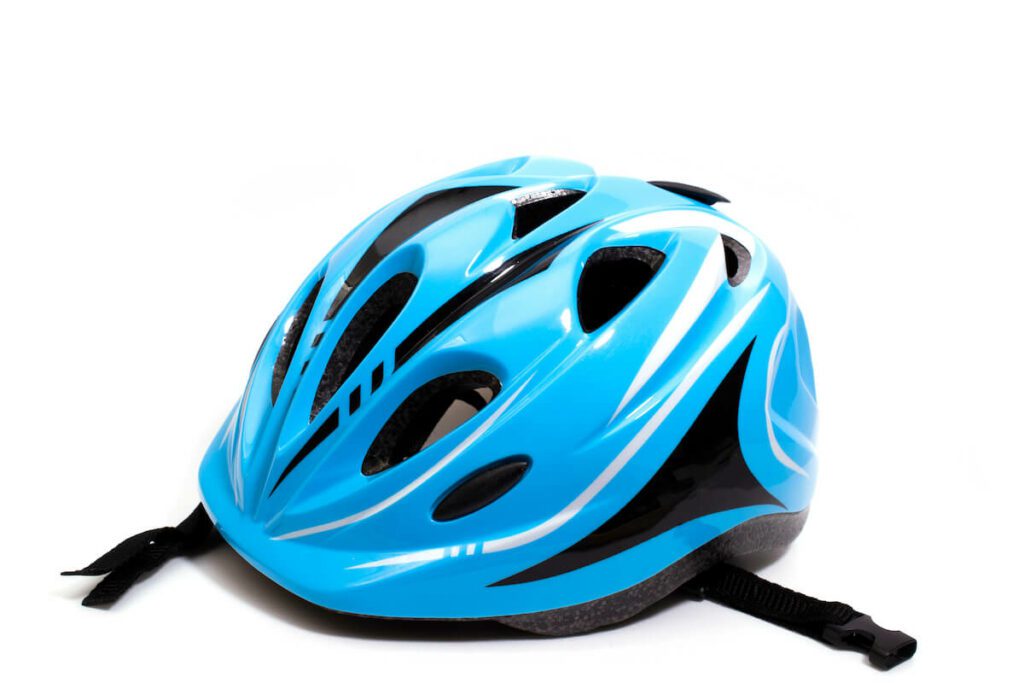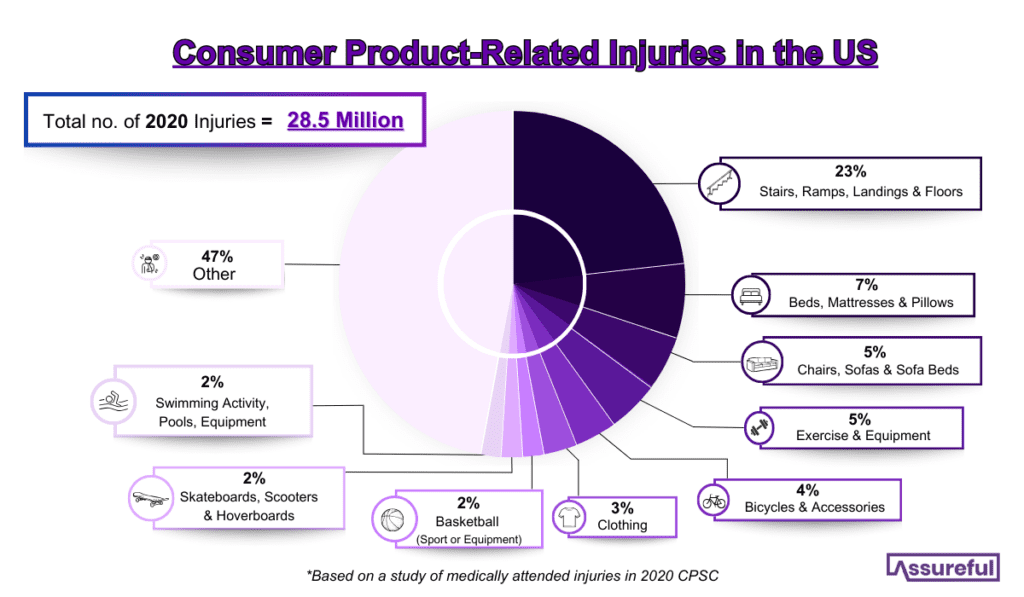In the ever-evolving world of eCommerce, there’s always something new around the corner. But have you ever stopped to consider the hidden risks lurking behind those shiny new products – or classic products you never would’ve perceived as risky?
Dive in as we unveil some surprising truths that might just change the way you think about new eCommerce products you’re considering selling.
Navigating Regulatory Safety Requirements
Beyond profits and customer satisfaction lies a maze of regulatory safety requirements that every seller must navigate. For some products the risks are obvious, but often seemingly risk-free products have stringent safety requirements attached to them as well.
Let’s delve into some products that, while popular, come with their own set of regulatory challenges.
1. Baby Clothes
Many might think, “It’s just clothing. What could go wrong?” However, the reality is, that several countries have stringent regulations for baby clothing due to the potential flammability of certain materials.
Before entering this potentially lucrative market, it’s crucial to get familiar with these regulations and we recommend visiting the Consumer Product Safety Commission’s FAQ page on baby clothes to get to grips with the US-specific legislation.

2. Children’s Toys and Games
Of course, children’s toys and games make the list of eCommerce products under stringent safety requirements.
Every toy intended for children aged 12 and below must undergo third-party testing, as mandated by the CPSC. This ensures the toys adhere to the US federal toy safety standard.
3. Cribs and Strollers
Cribs, a place of safety and rest, come with their own set of regulations. The CPSC states:
“Manufacturers and importers of cribs must certify in a Children’s Product Certificate that the cribs comply with the standard and the additional requirements after the cribs have been tested for compliance at a CPSC-accepted, third party laboratory.”
4. Sports Equipment
Items like bicycle helmets and protective gear may seem straightforward, but they come with their own set of challenges.
The gear can’t just look the part, it has to protect the user, and ensuring they meet safety standards is absolutely essential.

5. Electrical products
Products like extension cords, seasonal lighting, and hand-held hair dryers are everyday items in many households.
However, the regulations governing them are anything but ordinary. Every year consumers are seriously injured or killed by seasonal lighting, so eCommerce sellers looking to cash in on the holiday spirit must adhere to safety regulations to protect their customers.
It’s essential to note that this list isn’t exhaustive. eCommerce laws and regulations are constantly evolving. For a holistic understanding of whether a product you’re considering selling is subject to specific regulations, we recommend using the CPSC’s Regulatory Robot tool.
Low-Risk Products in Inherently ‘Risky’ Categories
How your eCommerce products are categorized plays a huge role in the perceived ‘riskiness’ of the products.
Some products, seemingly innocuous at first glance, can be classified under riskier categories by traditional insurance brokers, potentially inflating your insurance costs – even if the product itself has little real risk attached to it.
6. Sports bottles
At first thought, a sports bottle is just… well, a bottle.
But did you know it might be categorized under sports equipment by some insurers? This seemingly harmless classification can drive up your insurance costs due to the nature of regulations and the level of risk tied to other sporting items.
However, at Assureful, we pride ourselves on our nuanced approach. We monitor over 32,000 product categories and base our insurance pricing on a multitude of data points, far surpassing the limited scope of some traditional insurers and providing specific categorization.
7. Yoga mat
A yoga mat – simple and low-risk. Yet, just like sports bottles, it could be lumped in with broader fitness equipment categories.
While it’s typically a safe product, its classification can have huge effects on your insurance premiums and more importantly, your bottom line.

8. Car floor mats
Car mats, while serving a basic function, don’t typically influence a vehicle’s operations.
Yet, they might be classified as ‘vehicles and parts’ alongside products like batteries and spark plugs, a category that insurers often view as risky.
It’s a subtle distinction, but one that can have a significant impact on your bottom line.
9. Pet bowl
A pet bowl – a straightforward container. But what if it’s categorized under a high-risk ‘pet products’ category?
It’s these nuances that can catch an eCommerce seller off-guard and send your eCommerce insurance premiums skyrocketing.
So, we’ve got products highly regulated by safety requirements and those low-risk products that fall into high-risk categories. But which consumer products actually cause the most injuries in the US?
Injury Statistics: Common Culprits Behind Consumer Product-Related Injuries
In a world where even giants like McDonald’s face product liability claims, safety is paramount.
Yet, every year, countless individuals find themselves facing injuries due to seemingly innocuous products.
These aren’t just numbers. They’re real people, real incidents, and real consequences. According to the U.S. Consumer Product Safety Commission, the following products were the most common culprits behind consumer product-related injuries in 2020.
That’s why each of these categories often comes with a heftier insurance price tag.

Assureful’s Insurance Approach: Precision and Clarity
Whether your eCommerce products are inherently risky or not, broad categorization and misclassifications can lead to higher insurance premiums.
At Assureful, we challenge this status quo. Our proprietary machine learning technology assesses your product mix against 32,000+ product categories. This granularity ensures that you’re not just getting insurance, but insurance that’s tailored, precise, and fairly priced. Want to find out more about everything eCommerce sellers need to look out for when it comes to eCommerce liability insurance? Check out our full What Online Sellers Should Know About eCommerce Product Liability Risk blog post.




0 Comments